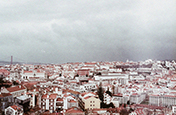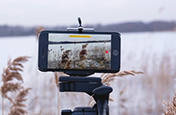Bring your A game to B-roll.
Whether you’re producing a news story or a feature film, get B-roll footage to keep your audience engaged.
What is B-roll?
The term B-roll originates from the early days of film, when editors inserted supplemental footage or B-roll, into the main footage or A-roll, to hide visible lines where two pieces of film were joined. In modern film and video production, B-roll describes all of the footage in that isn’t the main action. This supplemental footage includes all of the shots that don’t include the principal subjects interacting with each other or talking into the camera. It can come from stock footage, archival footage or photos and second unit crews whose whole job is to capture B-roll shots.
Though digital video has eliminated the problem of film splicing, makers of both scripted and unscripted video still use B-roll to establish scenes, smooth transitions and cut out coughs or unwanted frames without throwing away a whole shot. “Even though it sounds like it’s secondary, B-roll is what creates the nuances of visual storytelling,” says director and cinematographer Hiroshi Hara.
B-roll in scripted video.
B-roll is essential in narrative features to create a sense of time and place and add layers of meaning to the story. Establishing shots at the beginning of scenes that show city streets or the exteriors of buildings are usually B-roll, along with other shots that cut away from the main action. If two characters are on a street corner and one says to the other, “That’s the bank I want to rob,” the film might cut to a shot of the bank building. “Can’t be done,” the other character might say in voice-over during the shot of the bank. This type of cut also gives an editor more options when they splice together multiple takes of a scene.
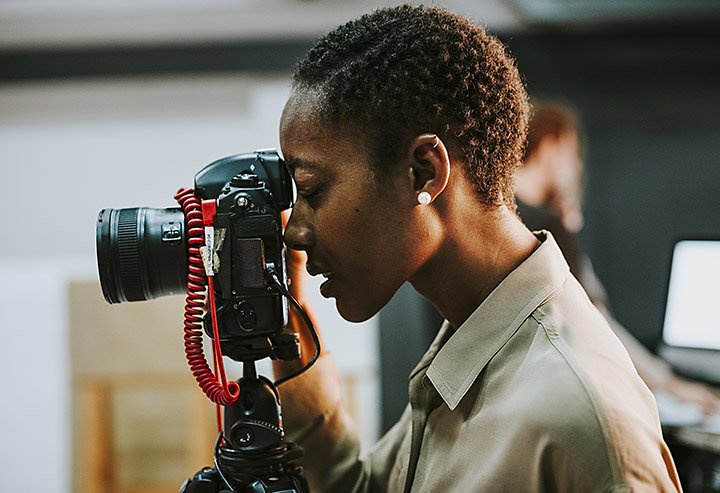
As Hara describes it, B-roll is the icing on the cake, but A-roll footage or principal photography, is the cake itself. “Without the actual cake, there’s nothing to put it on. B-roll is generally whatever shot supports the main footage and the plot line,” Hara says. Filmmakers tend to get B-roll after they get the main footage. Because these shots don’t require a sound person or the principal actors, the filmmaker can save time and money with a second unit or smaller crew.
B-roll in documentary video.
B-roll is crucial for news stories and documentary films. Any format that contains a lot of interview footage can benefit from relevant and visually interesting alternative footage. “An interview with a person just stationary and just talking into camera can get pretty boring,” Hara says. “B-roll can enhance that storytelling experience. And you can use it when you need to cut between certain soundbites or shave off time without getting stuck with a jump cut.” (Jump cuts are edits that jump forward or backward in the same shot, which often has a jarring and disorienting effect.)
How to shoot B-roll.
While you’re still in pre-production, keep these tips in mind to capture as much useful extra footage as you can. You’ll thank yourself in post-production.
Make a shot list.
With B-roll, as with primary footage, you’ll save yourself time, money and frustration if you make a shot list. Consider the time of day and the season. Consider the equipment you’ll need. “Be specific about what you’re looking for,” Hara says. “Once you have a list it’s much easier to visualise the problems or limitations that could come up.”
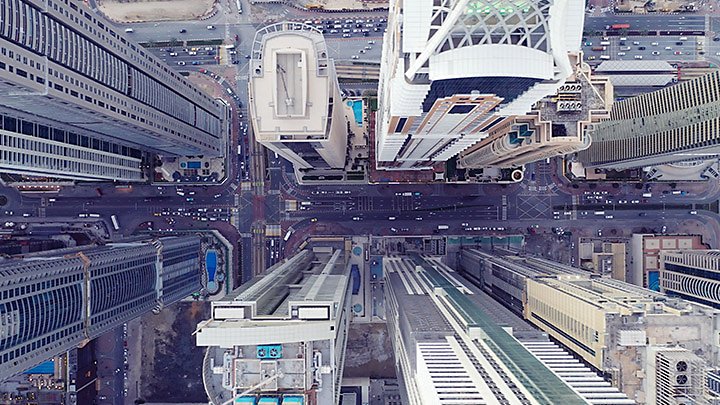
When you shoot a narrative film, go through the script and note possibilities for good establishing shots, cutaways and close-ups. When you make a documentary or other video that involves a lot of footage of talking heads, take good notes about what images you can pair with the dialogue. Also consider how you’d like to shoot that subject matter.
Your main characters aren’t in the shot, but your footage can still tell a story. “Consider your lighting, composition and subject,” suggests director Mike Leonard. “With every shot and especially with B-roll, ask yourself, ‘Is this image telling a story? Is there something in the background or foreground, where the subject is or what the subject is interacting with, that can make this go from just a pretty shot to a powerful image?’” For example, you might include signage or landmarks that tell the viewer where the action happens.

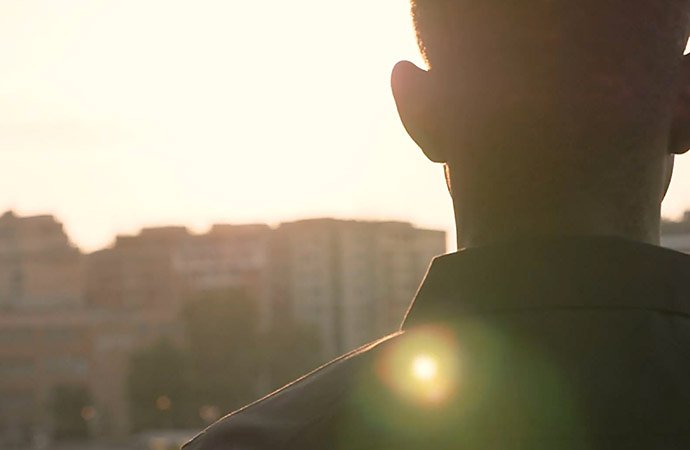
Slow down.
Don’t go to the trouble to set up the perfect shot only to lose patience before you’ve got enough footage. “Whether it’s a stationary shot or there’s camera movement, always count to ten in your head,” Leonard says. The shot has to be long enough that you can cut it to fit the pacing of the dialogue. “The most common beginner’s mistake is to get a beautiful shot with pretty subject matter and great composition, but it’s not long enough,” says Leonard.
Experiment with different shots.
B-roll might seem less interesting than principal photography, but it can offer room to play. “It forces you to get creative. After you film the same thing over and over, you realise you can film it from this weird camera angle or use a time-lapse or approach it from a unique perspective, like with a drone or point-of-view camera,” Leonard says.
Make the most of your footage.
Once you’ve got all the raw material you need, practice cutting it into your main story. The editing tools in Adobe Premiere Rush make it easy to merge your A-roll and B-roll into one seamless story. Once you’ve got an edit you like, try colour grading your footage to get the right tones.
If you need inspiration, go back to your favourite films and pay close attention to the B-roll footage. When you see shots you like, make a note of them and ask yourself what you like about them. Try applying those learnings to your next project and remember that it’s all practice.
Contributors
Do more with Adobe Premiere Pro.
Create and edit video from anywhere—phone, tablet, and desktop. Edit and share for social your professional-looking videos.
You might also be interested in…
Introduction to video editing.
Learn the principles of video editing and practical tips for both big and small screens.
See how this technique can help bring a stylized and evocative effect to your work.
Learn how this helpful device can help you to capture great, stable footage.
Setting up a home recording studio.
Explore the basics of creating a space at home to capture high-quality audio.

